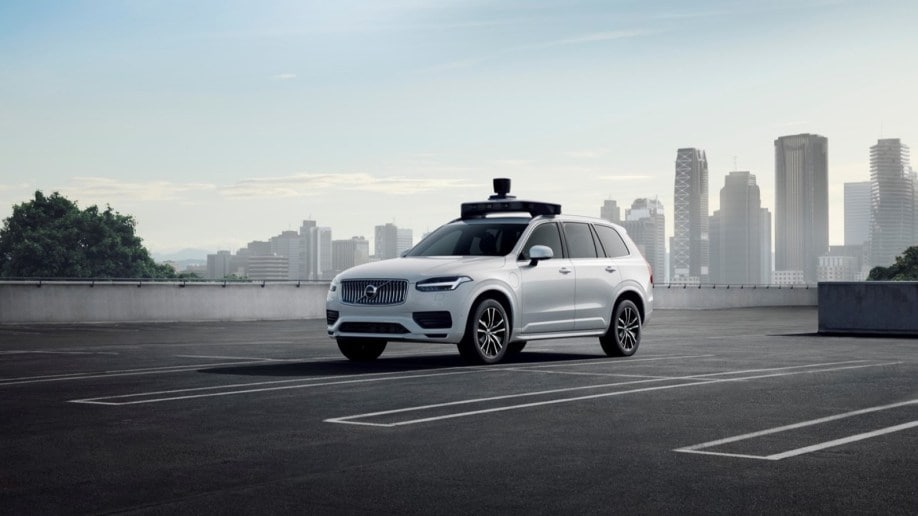We’ve all heard the hype around self-driving cars, but few of us have experienced riding in one yet. So few of us are familiar with the drawbacks. One of them, according to researchers testing the first batch of autonomous vehicles, is carsickness.
After all, the entire concept of a self-driving car is that passengers can put their attention on something other than the drive. But motion sickness comes, in part, from detaching your attention from the motion your body is experiencing.
Volvo thinks it has a solution to that problem – more noise.
The Wall Street Journal reports that Volvo engineers are developing a system that plays “unobtrusive audio cues to passengers about a second before the vehicle makes a maneuver, such as a sharp turn or acceleration.” The cues would not be beeps or chimes. Instead, “audio cues reminiscent of car engine sounds.” Volvo researchers say that passengers have learned the meaning of these sounds over many years. Hearing them can prompt us to subtly brace our bodies against the motions. This, in turn, reduces motion sickness.
“In trials, passengers said they felt less sick when the audio cues were played,” the Journal reports.
True self-driving cars are a long way from reaching showrooms, thanks to both the technical challenges and laws that may require changes to make them practical. But partial self-driving technology is available today on some luxury cars, such as the Cadillac CT4, CT5, and Escalade, and all Tesla vehicles.








